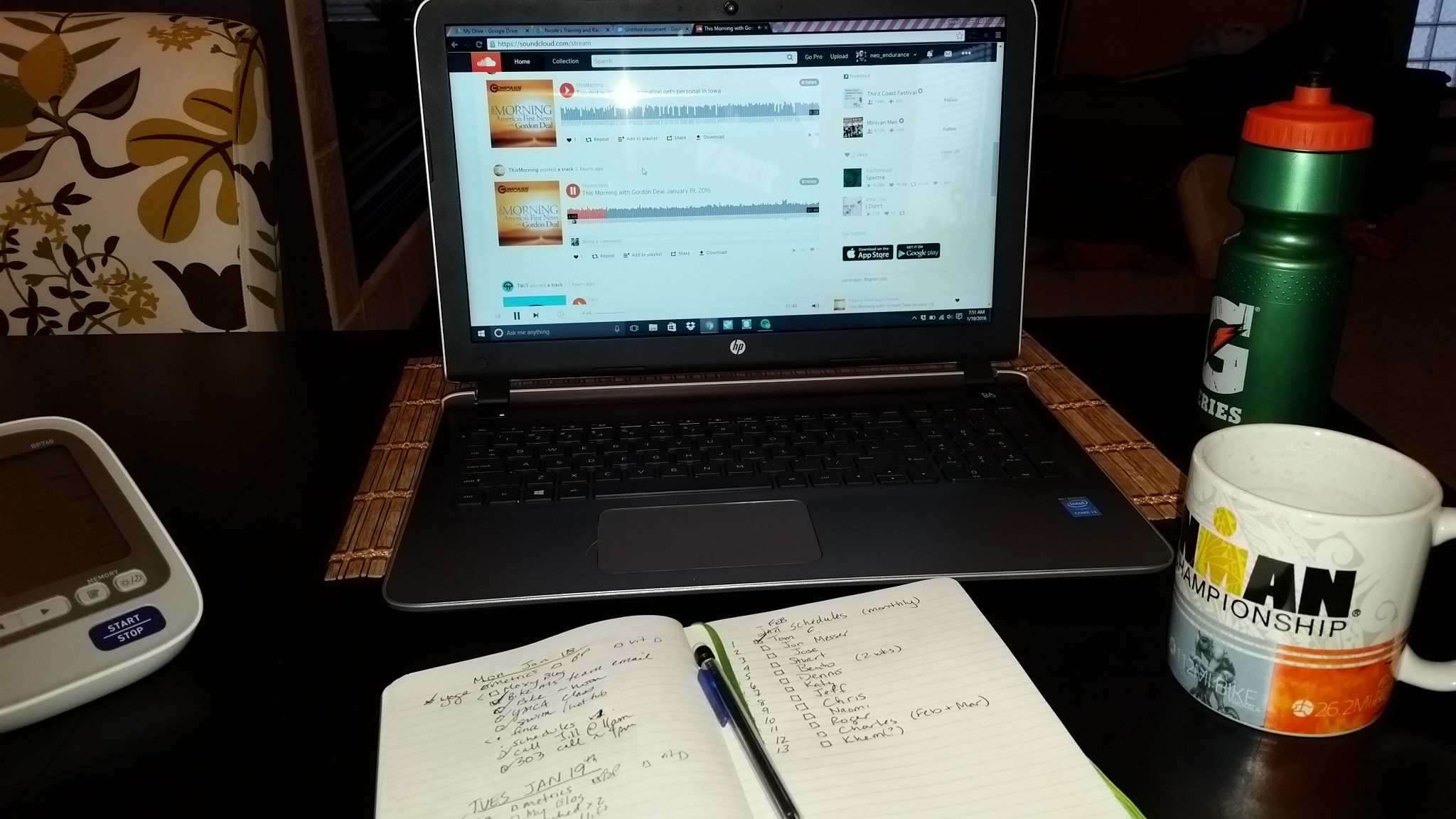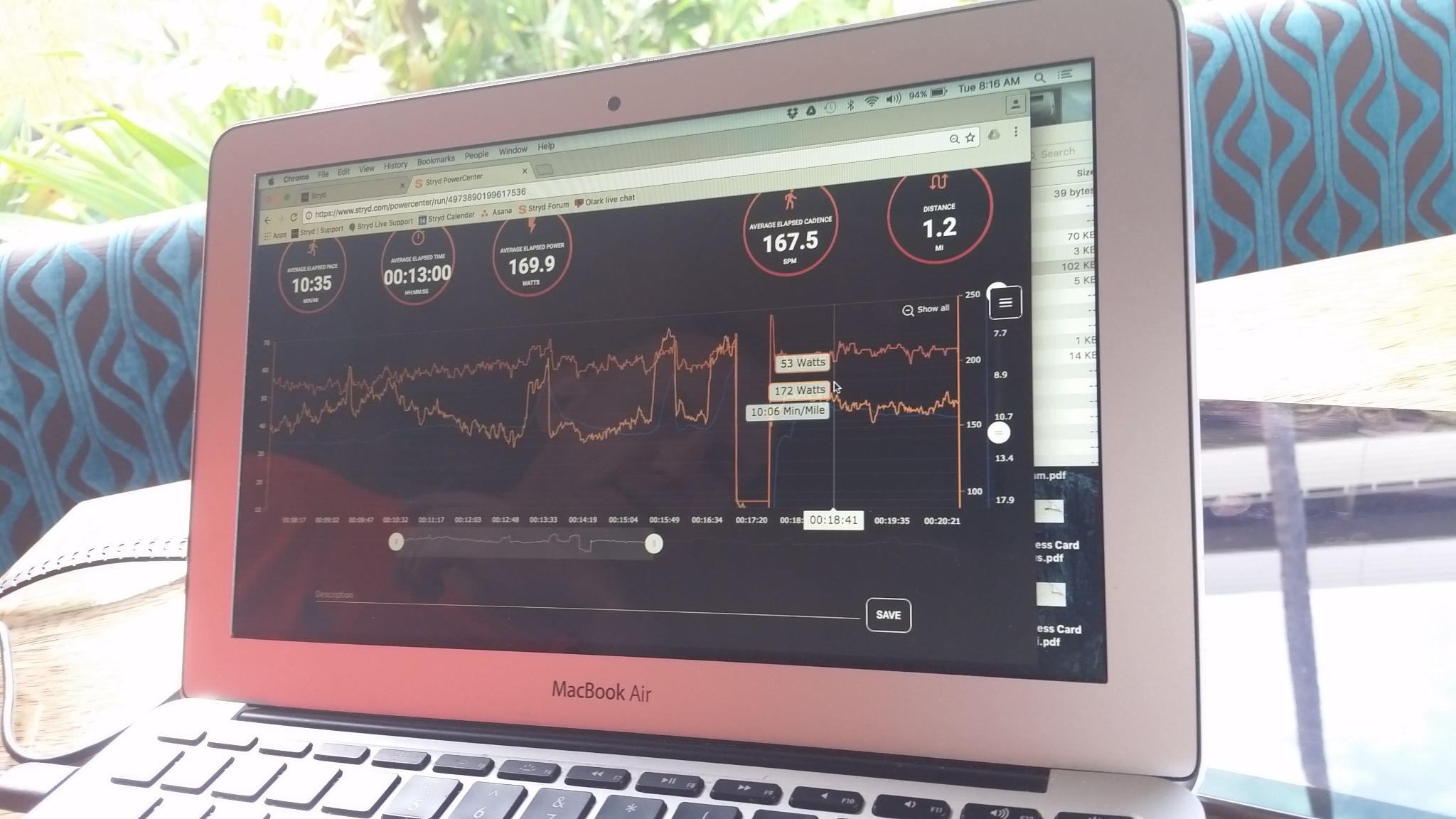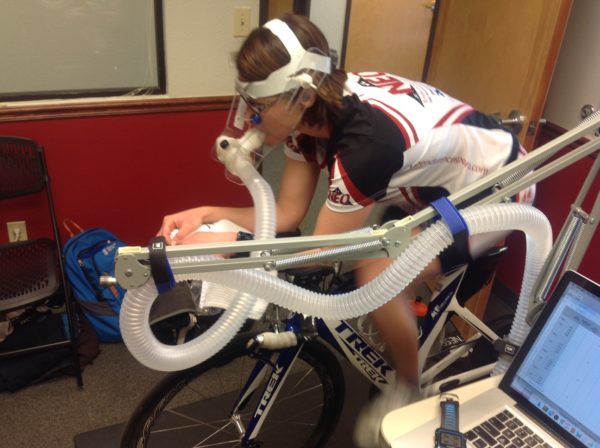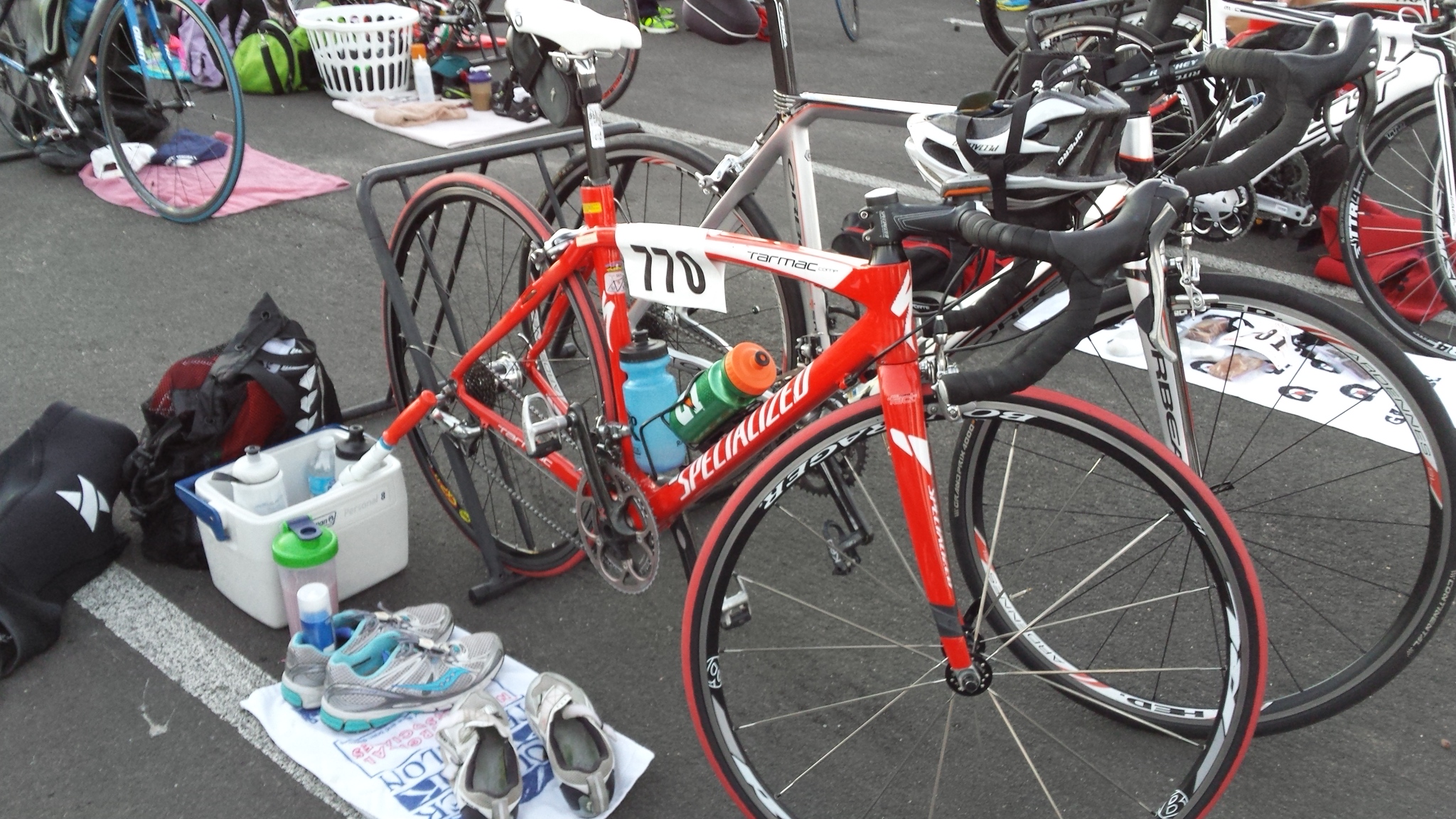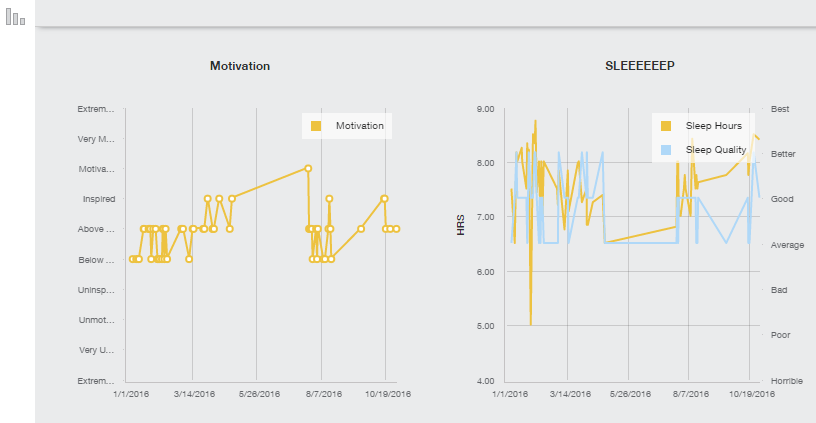Last week we talked about Zone 1, your active recovery zone. It is a zone we need to make sure we spend some time in, both between hard intervals and on our easy days. As much as we hate to admit it, easy really does mean easy. It does not mean “not quite as hard.”
Now we are moving on to the next zone, which may also be a neglected zone for endurance athletes.
Zone 2: Aerobic Endurance Zone. This is going to be about 80-90% of your threshold heart rate. Here are some example heart rate ranges:
| LTHR | 140 | 150 | 160 | 170 |
| 80% | 112 | 120 | 128 | 136 |
| 90% | 126 | 135 | 144 | 153 |
This effort should feel pretty easy, and you could keep it up for a long time. This is might be referred to as “long slow distance” effort. It’ll likely be a 2-4 on a scale of 1-10 for perceived exertion.
When we are in this zone, we don’t want to be at top edge, but typically average somewhere in the middle. If we are at the top, especially if you are looking at average heart rate, you are probably bumping your effort in to the next zone.
Zone 2 is definitely a conversational zone, meaning you can carry on a conversation without any trouble. If you need to take too many breaths during sentences, you are probably out of zone 2.
This is a zone that a lot of endurance athletes may have trouble finding because it’s not hard, especially when running. However, we want to spend time here because the adaptations that you get in this zone are quite useful.
Here’s what starts to happen to your body when you spend time in this zone.
- Plasma (blood) volume will increase.
- Mitochondrial density will increase.
- Capillary density in muscles will increase allowing more efficient blood (nutrient) delivery.
- Type IIx muscle fibers will become more like Type IIa (more oxidizing).
- Stroke volume and cardiac output will increase.
- Lactate threshold increases (a little – we work this specifically in other zones).
- Muscle glycogen storage increases, essentially creating a bigger muscle fuel tank.
These changes start to occur in this zone, and even greater adaptations occur in higher zones. But the intensities in higher zones make them harder to maintain for prolonged periods.
Another major benefit of spending time in Zone 2 has to do with the energy systems your body uses. In Zone 2 we primarily use the aerobic oxidative phosphorylation energy system, and our bodies are able to utilize fat to fuel our metabolism.
We have ample fat stores (yes, even those at 3% body fat have plenty to go around for endurance events), so the more “efficient” we are utilizing fat, the less we need to tap into our glycogen stores. And that means we can potentially eat less when training and racing, which means less chance for GI upset.
There are plenty of other benefits for what is termed “metabolic efficiency” but the key takeaway is that we often are better at burning fat in Zone 2. If we train ourselves here (diet does play a role, too), then we train that fat-burning aerobic system to be more efficient. And this is a good thing when it is time to do higher intensity work.
Most of your base phase workouts will be in Zone 2. Your long weekend rides and/or runs are predominantly in this zone. Granted, there are reasons to do shorter high-intensity bursts in your base phase, but if you look at the percentage of time in zone 2, it might be somewhere around 50%, with Zone 1 taking about 20-25% and the rest split up in the higher zones. If you are new to endurance sports, Zone 2 time may even be higher.
Base training is really important to start the physiological adaptations mentioned above, so don’t neglect Zone 2! Next week we’ll get into some more fun when we talk about Zones 3 and 4.

